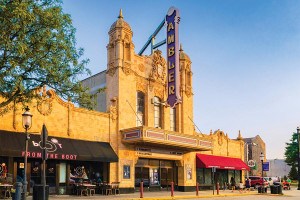Mortgages are Affordable All Over Greater Philly: Study

iStockphoto.com | f11photo
In some United States metropolitan areas, the demand for jobs and amenities within a given city is causing the value of homes to far surpass homebuyers’ incomes. The result? Inequality, as some housing markets become completely unavailable to lower income families.
The good news, though, is that even in some metropolitan areas where homebuyers face the biggest mortgage burdens, some cities within those areas can be much more affordable – usually at the trade-off of fewer amenities or a potentially longer commute.
The even better news is that in the Philadelphia metropolitan area specifically, this isn’t really an issue – housing is generally affordable across the board. The spread between the most and least affordable mortgage markets is a mere 1.9 percent.
According to a new report by Zillow, across the Philadelphia metro, the average homebuyer spends about 14.2 percent of their income on their monthly mortgage payment. The city in our region with the smallest mortgage burden is Camden, N.J., where buyers only spend about 11.8 percent of their income on mortgage payments. In turn, the city with the greatest mortgage burden is Wilmington, Del., where buyers would have to spend roughly 13.7 percent of their income on mortgage payments.
If these percentages seem like a lot to you (or you just have no clue how to comprehend the numbers in general), let’s put it this way: if you lived in a city like Palo Alto, Calif., you would spend roughly 75.4 percent of your income on your monthly mortgage payments (ouch…). But, just 15 miles away in Milpitas, Calif., you would spend only about 35 percent – which is still relatively high, but a huge improvement from the former. These percentages (and the 40.4 percent between them) are astounding.
So, what’s the takeaway from all of this? While many metropolitan areas around the country have a huge gap between their most affordable and least affordable cities, in Philadelphia we don’t seem to have this problem.


